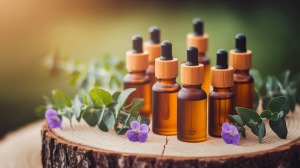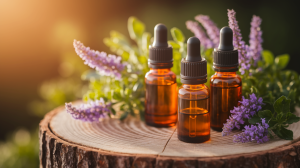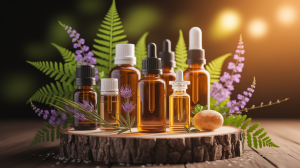Kickstart Your Scar Healing with Essential Oils
There was this time I’d scraped my knee hiking down a rocky trail—one of those messy, raw scrapes that wasn’t exactly pretty to look at. I remember staring at it with that slight mix of curiosity and dread, wondering if it would leave a mark that’d stick around forever. That’s when I reached for my little brown bottles—these tiny glass heroes filled with concentrated plant magic. Essential oils aren’t just about lovely scents and spa vibes; they’re packed with bioactive compounds that can actually help your skin regenerate faster and more smoothly.
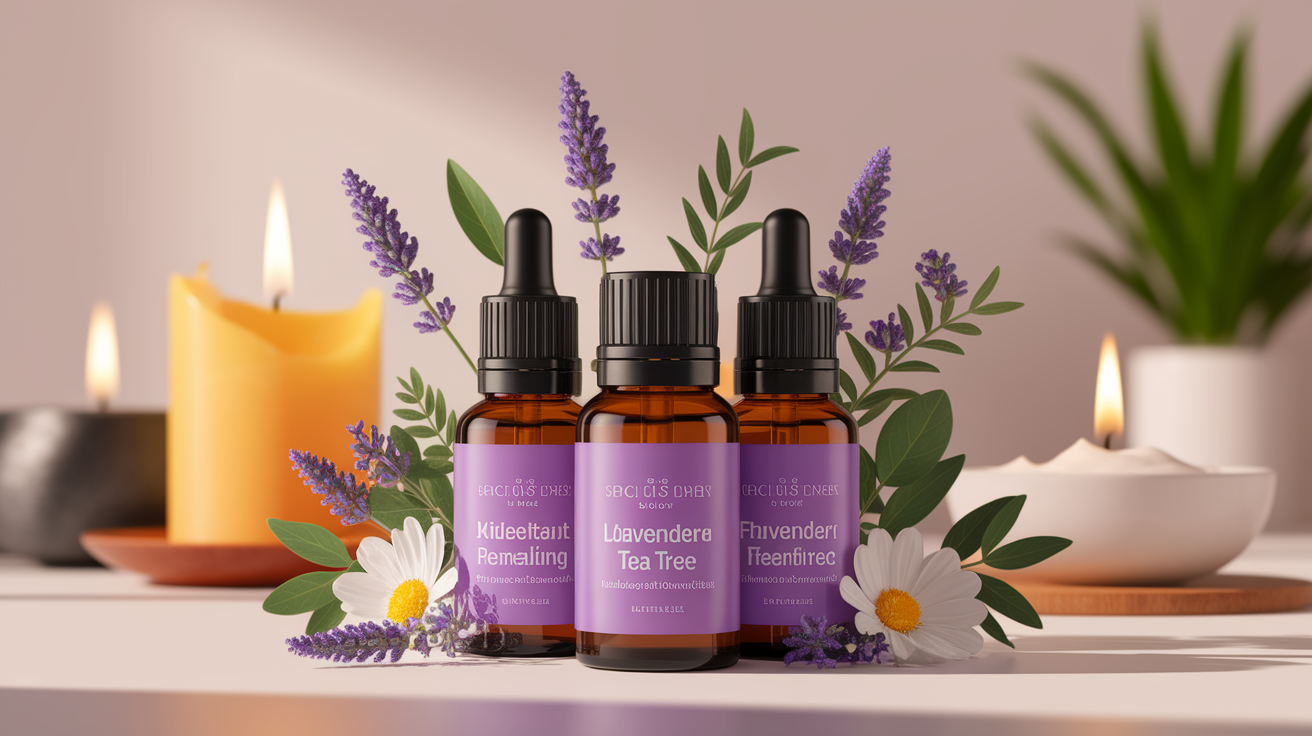
And here’s the thing—once you learn what each oil can do and how to use it properly, you realize there’s a whole world of natural scar treatment waiting to be explored. For me, that discovery turned moments of “uh-oh” into “let’s fix this”—and the results have been worth every drop.
How Essential Oils Accelerate Scar Healing
I’m fascinated—and I mean genuinely wide-eyed fascinated—by how essential oils seem to work with the body as if they’ve been part of its natural healing crew all along. At the heart of scar healing, your skin loves a boost in fibroblast activity, where the little builder cells pump out collagen to knit things back together. Oils like lavender don’t just sit on the surface; they can increase collagen production and tissue regeneration, especially in the early stages when new skin is forming like delicate lace across a wound.
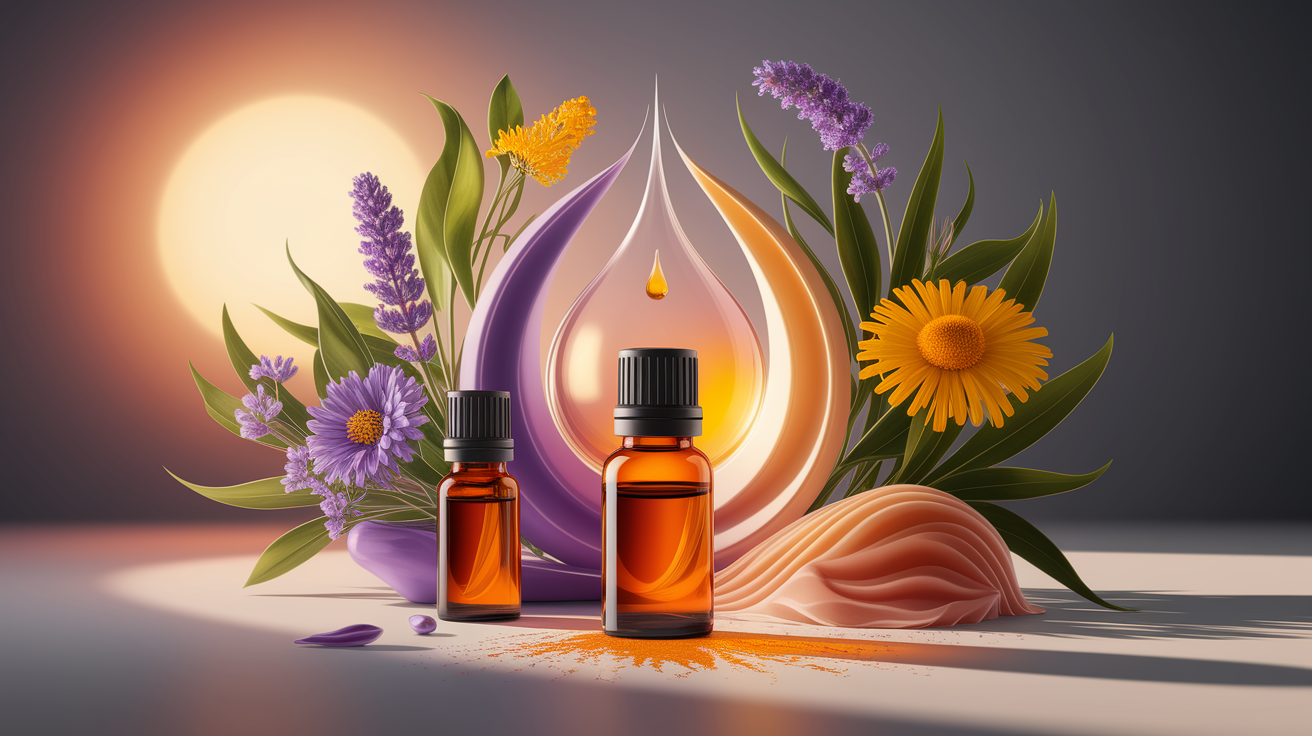
They also fight inflammation, keep bacteria in check, and help with epithelialization (that’s just a fancy way of saying “skin covering itself again”). Certain compounds—like beta-caryophyllene—have been shown to activate skin stem cells, which explains why recovery can sometimes look dramatically better than you’d expect. Less redness, smoother texture, and fewer “forever” marks—now that’s the kind of teamwork I can cheer for.
Top Essential Oils for Optimal Scar Recovery
Some oils are like the star players when it comes to scar healing, and they each bring something amazing to the table:
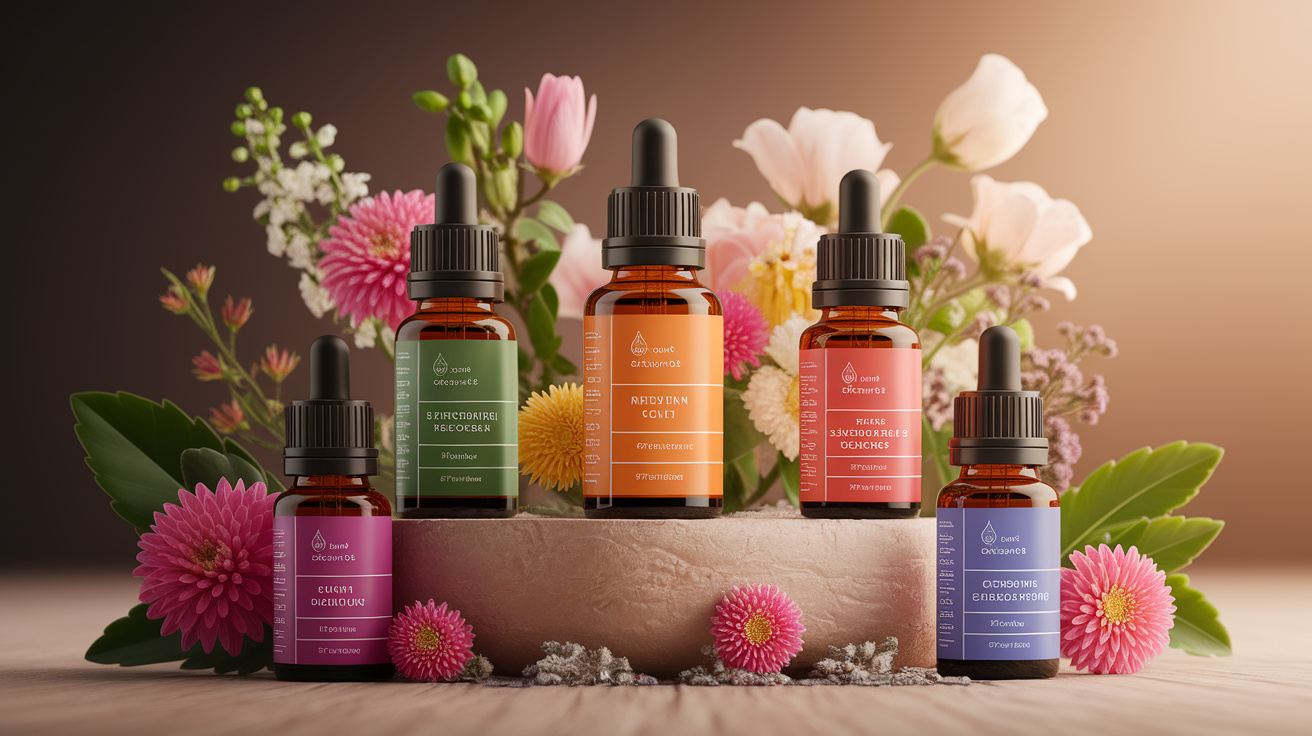
- Lavender Oil – Gentle yet powerful, it promotes cell growth, calms inflammation, and helps the skin rebuild without drama.
- Rosehip Oil – A rich source of fatty acids and vitamin A, making it great for tackling acne scars and uneven tone.
- Frankincense Oil – Known for improving skin elasticity and smoothing the edges of old scars.
- Helichrysum Oil – A bit of a hidden gem, brilliant for reducing scar tissue formation.
- Tea Tree Oil – Its antimicrobial punch can protect healing wounds from infection, keeping recovery on track.
- Geranium Oil – Balances skin tone and supports new cell development.
- Calendula and Hypericum Oils – These are like gentle healers, reducing wound surface area while nurturing recovery.
Each of these has its own superpower, and blending the right ones can create a scar-reducing serum that feels like it was tailor-made for your skin.
Safe and Effective Application Techniques
Now, this is where a little patience and care come in—because just slathering oils directly on your skin is asking for trouble. Essential oils are potent, so you need carrier oils like jojoba, sweet almond, or coconut oil to dilute them. For most blends, a safe dilution ratio is about 2–3 drops of essential oil per teaspoon of carrier oil.
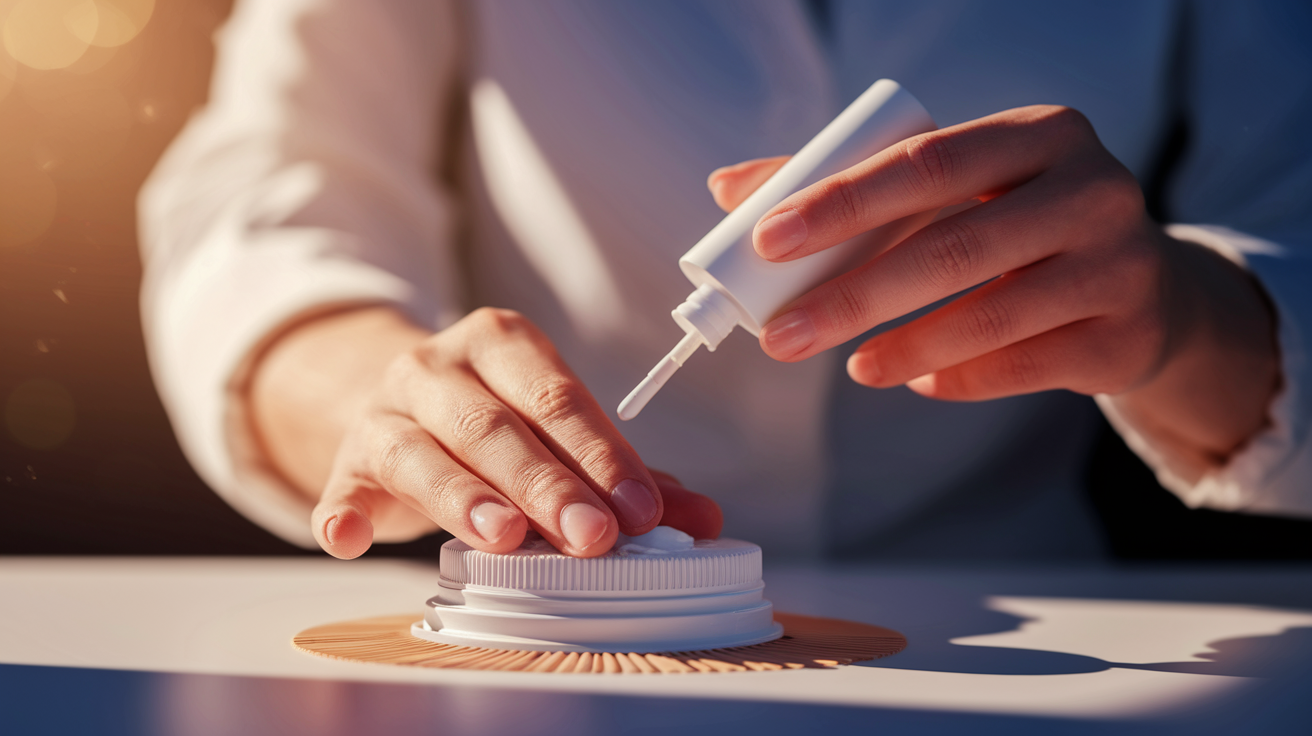
Before introducing a new oil into your scar routine, always do a patch test—some of these plant extracts pack a punch and your skin might have opinions about it. When applying, gentle massage over the scar can increase circulation and help the oils penetrate better. And remember, some oils can cause photosensitivity (looking at you, citrus oils), so avoid sun exposure on treated areas unless you want to swap one mark for another.
Evidence at a Glance: Clinical Insights
It’s not just personal stories that back up the power of these oils; clinical studies have weighed in too. A systematic review found that essential oil treatments often matched or even outperformed conventional scar therapies for improving appearance, reducing redness, and speeding up healing. Patients also reported less discomfort, and physicians noted better overall results in treated areas.

One fascinating point? The specific formulation matters—a lot. Purity, quality, and concentration all change the outcome. Research published in the Wound Practice and Research Journal also confirmed these oils’ antimicrobial and tissue-repair properties, especially when combined with proper wound care techniques. Science is catching up to what nature’s been doing for thousands of years, and the results are hard to ignore.
Smooth Farewells: Embrace Your Skin’s Renewal
There’s something deeply satisfying about watching a scar fade—like your skin is rewriting its own story. The bumps smooth out, the redness softens, and suddenly you can’t even remember exactly where that scrape, cut, or stitch once was. Essential oils make that process feel just a little more magical, tipping the odds toward smoother, healthier skin every time.
And while they might not erase every mark completely, the transformation—both in look and feel—can still be remarkable. It’s your skin’s way of saying, “I’ve got this,” with a little help from nature’s own healing potions.










